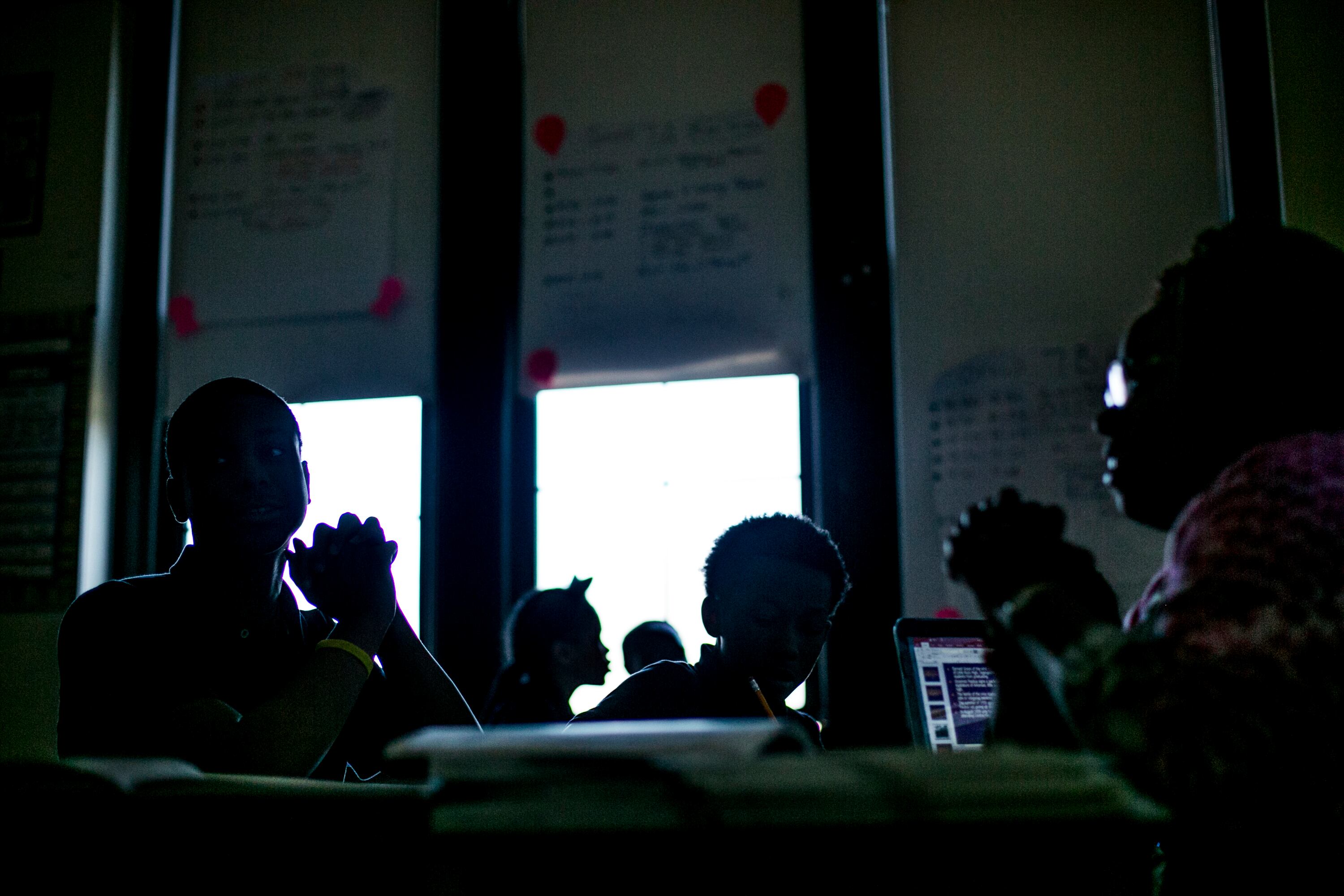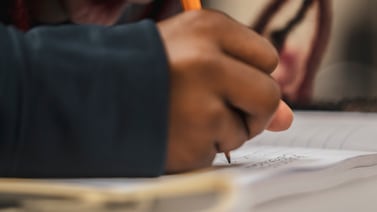The gaps between Michigan’s lowest and highest performing K-8 students are wider than would have been expected before the pandemic, and some students are falling further behind, according to an analysis of benchmark testing results released this week.
However, the students and districts that saw the most learning loss also have shown the strongest academic recovery, the research findings suggest.
“Overall, the results show us that progress is being made, but that progress is gradual — especially compared to how large the impact of the pandemic was,” said Tara Kilbride, interim associate director of the Education Policy Innovation Collaborative, the research group that did the analysis. “It’s going to be a long-term, multiyear effort.”
The analysis covers assessments given to Michigan students each fall and spring since 2020, and captures how student growth compared with national trends before the pandemic.
Since spring of 2021, student achievement in the state improved slightly in math and very little in reading, the report found.
In fall 2020, Michigan students were in the 42nd percentile of national norms in math, meaning 58% of students nationwide performed better. Michigan students fell to the 39th percentile in math by spring 2021. In spring 2023, they returned to the 42nd percentile.
It is likely that students are still behind where they were in math prior to the pandemic, since the first benchmark assessments were administered well after in-person learning went on pause in March 2020.
In reading, students in the state fell from the 51st percentile in fall 2020 to the 45th percentile in spring 2021. Results in reading have not moved substantially since then.
“The differences in recovery align with findings from other states across the country — at least what we see in math,” said Kilbride. “But reading results in other states have been varied. Michigan falls somewhere in the middle.”
Districts that were the most affected by the pandemic — many of which are in urban areas serving more diverse populations of students from low-income families — made the strongest recovery, according to the report. The accelerated learning rates out of those districts drove overall growth at the state level.
Overall, Michigan students are making the growth in a school year that would have been expected before COVID, the assessment results in the report show, but some students are still falling behind, because they are not learning at a fast enough pace to catch up.
The same trend is being seen nationally, researchers say.
“We are making only very slow progress,” said Dan Goldhaber, a professor at the University of Washington and director of the National Center for Analysis of Longitudinal Data in Education Research.
“You really need the pace of learning to be considerably faster” to make up for lost learning, he added, “and we’re not seeing that.”
Goldhaber said the state of recovery nationally is “concerning” because tests are highly predictive of how kids will fare later on in life.
Benchmark assessments offer researchers and policy makers a couple of advantages over yearly M-STEP standardized test results, because they more clearly measure student growth during a school year, from fall to spring. Some of the assessments show how kids are achieving at a level beyond their grade.
In many cases, the assessments can be better than letter grades or report cards at helping parents understand how their children are performing, said Goldhaber.
“Grades are actually higher than they were before the pandemic, and they don’t seem to comport with what we know about test scores,” he said. “The meaning of an ‘A’ in terms of knowledge as assessed by the test is different from what we knew before the pandemic. I am worried that parents can be getting false signals about how their students are doing from grades, and maybe they should be paying some attention to the tests.”
The assessment results do have their limitations. The analysis includes assessments from about 773,000 of the 947,000 K-8 students in the state, at 769 of 852 school districts.
Legislation that passed in 2020 requiring Michigan districts to give the benchmark assessments gave them several options of approved test providers. Because of this, researchers did not include students who moved districts in their analysis.
Additionally, many students missed testing dates.
“Some of the reasons students did not take tests are the same reasons that they may have been impacted even more by the pandemic,” said Kilbride. “That could mean our results are showing a rosier picture than what truly happened.”
Hannah Dellinger covers K-12 education and state education policy for Chalkbeat Detroit. You can reach her at hdellinger@chalkbeat.org.







